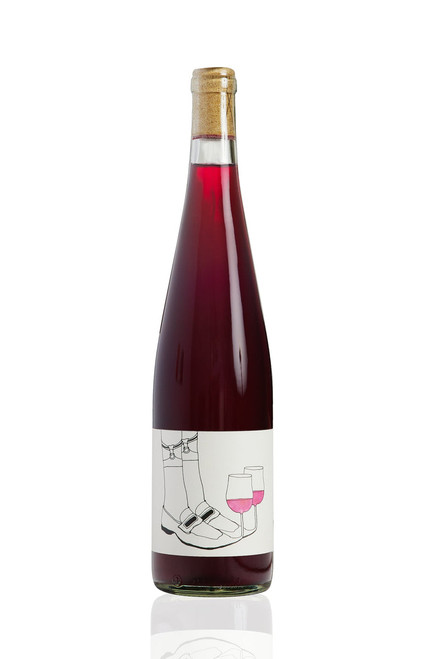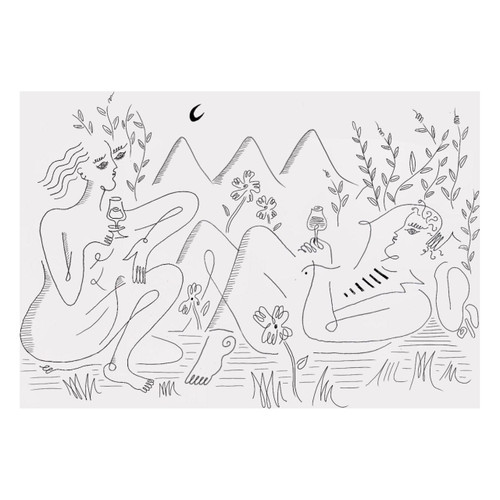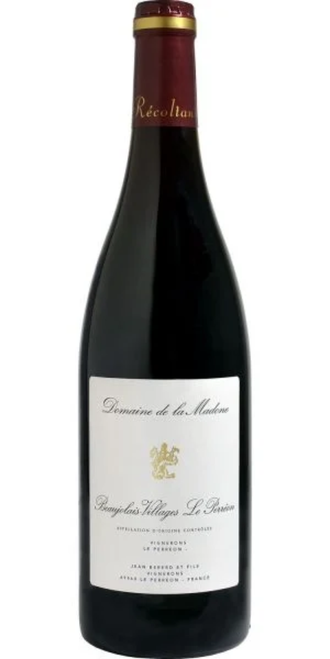Valdiguié 48%, Petite Sirah 41%, Zinfandel 8%, Sangiovese 3%.
A Nouveau is born! Nouveau is the name given to the first wine of the vintage. The style originated out of Beaujolais, just south of Burgundy where they make wines from Gamay Noir using the technique carbonic maceration. In carbonic maceration, open top tanks that have been inertized with carbon dioxide are filled with whole cluster grapes and then sealed for a number of days. Pioneering wine chemist and natural winemaker Jules Chauvet employed the technique in the mid 20st century to make light, fruity and delicious wi
This is essentially how we made this wine! Part of this blend is made up of old vine Valdiguié (also known as Napa Gamay) that underwent carbonic maceration; this was also the method for the Zinfandel. The Petite Sirah in this blend was a special lot where we performed “reverse saingée” to make a lighter style wine. The Sangiovese was added to tie it all together.
The wine is mega delicious. It has a nose full of blackberry, plum and cocoa. There are gobs of black plum, chocolate covered cherry, and boysenberry. The palate is juicy and zippy with really balanced acidity. On the finish is cocoa powder-like tannin that keeps the wine fresh as you sip.
We have been working hard to find more sources of Valdiguié because we love the bright, fruity and spicy tones that it brings to our wines. We started working with Frei Vineyard Valdiguié in Green Valley last year. These spry old vines vines are 40-70 years old. The Petite Sirah and Zinfandel come from Gary Venturi Vineyard, which is situated in Calpella, just north of Ukiah on an east facing bench. We have been working with this vineyard since the beginning of Las Jaras and are very happy to have taken over the whole property and converted it to organic practices. All of the grapes used for this blend are farmed organically.
To make this wine we employed carbonic maceration for the Valdiguié grapes which is a perfect method for that high acid and juicy variety. After 14 days of carbonic maceration at about 55F, we pressed the clusters and fermented the wine in a warm tank. Petite Sirah can make a wine that is a bit MASSIVE for our tastes so we employ a couple of different methods to make a nice light and juicy wine. In this case, we destemmed the Petite Sirah and then we actually put in 50% of the volume of the tank as direct to press Petite Sirah rosé, which is a method we like to call reverse saignée. Saignée translates to “bleeding” a tank of its juice, but we add juice to the tank instead to increase the juice to skin ratio on tannic varieties. We combined the lots post-fermentation. Two days before bottling we racked the tank and added 15ppm SO2 to protect from any oxygen the wine picked up during bottling.







